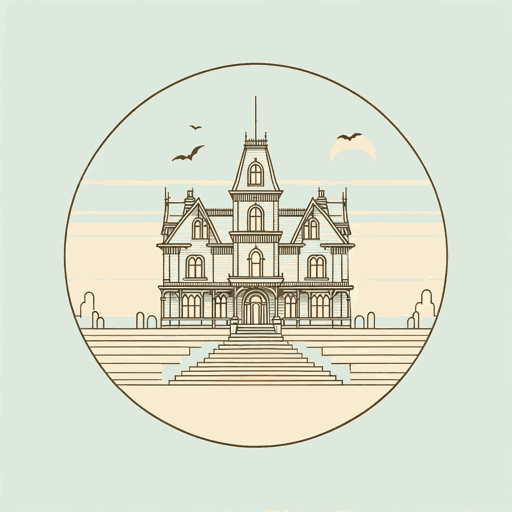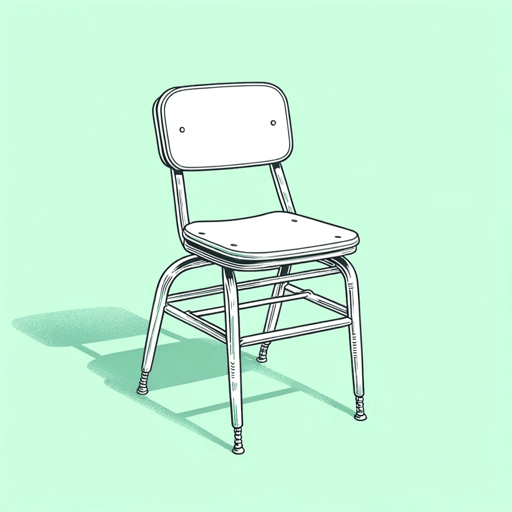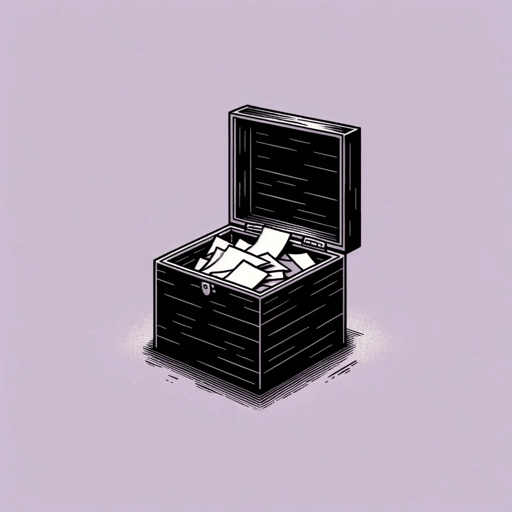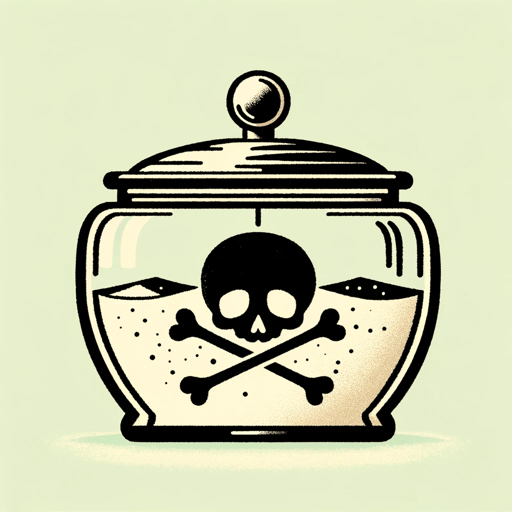100 pages • 3 hours read
Shirley JacksonThe Haunting Of Hill House
Fiction | Novel | Adult | Published in 1959A modern alternative to SparkNotes and CliffsNotes, SuperSummary offers high-quality Study Guides with detailed chapter summaries and analysis of major themes, characters, and more. For select classroom titles, we also provide Teaching Guides with discussion and quiz questions to prompt student engagement.
Symbols & Motifs
Hill House
Hill House, with its Gothic darkness, gloom, and former grandeur, takes on many meanings and represents the characters’ fears, desires, and destinies. From the start, it is hard to reach, made nearly inaccessible by a long treacherous road, guarded by heavy gates, and protected by the abrasive Mr. Dudley. Eleanor, upon seeing it, finds it “vile” and “diseased” (23) and feels compelled to flee. Hill House is described as having human qualities—it has “evil” in its “face,” and it seems alive and watchful. As she steps onto the veranda, the house comes “around her in a rush” (25); once inside the house, she is swallowed by its darkness, feeling as if she is inside a “monster” that can feel her “tiny movement inside” (29).
The house is difficult to navigate. Characters have trouble finding their way among the maze of windowless rooms and hallways. Doors they leave open mysteriously shut. The house’s ominous characteristics are in part the result of the fact that Hugh Crain, the original owner, designed the house so that “every angle is slightly wrong” (77). This distortion tricks the mind, confusing the guests as to where in the house they are located and what should be around every corner.
Related Titles
By Shirley Jackson





